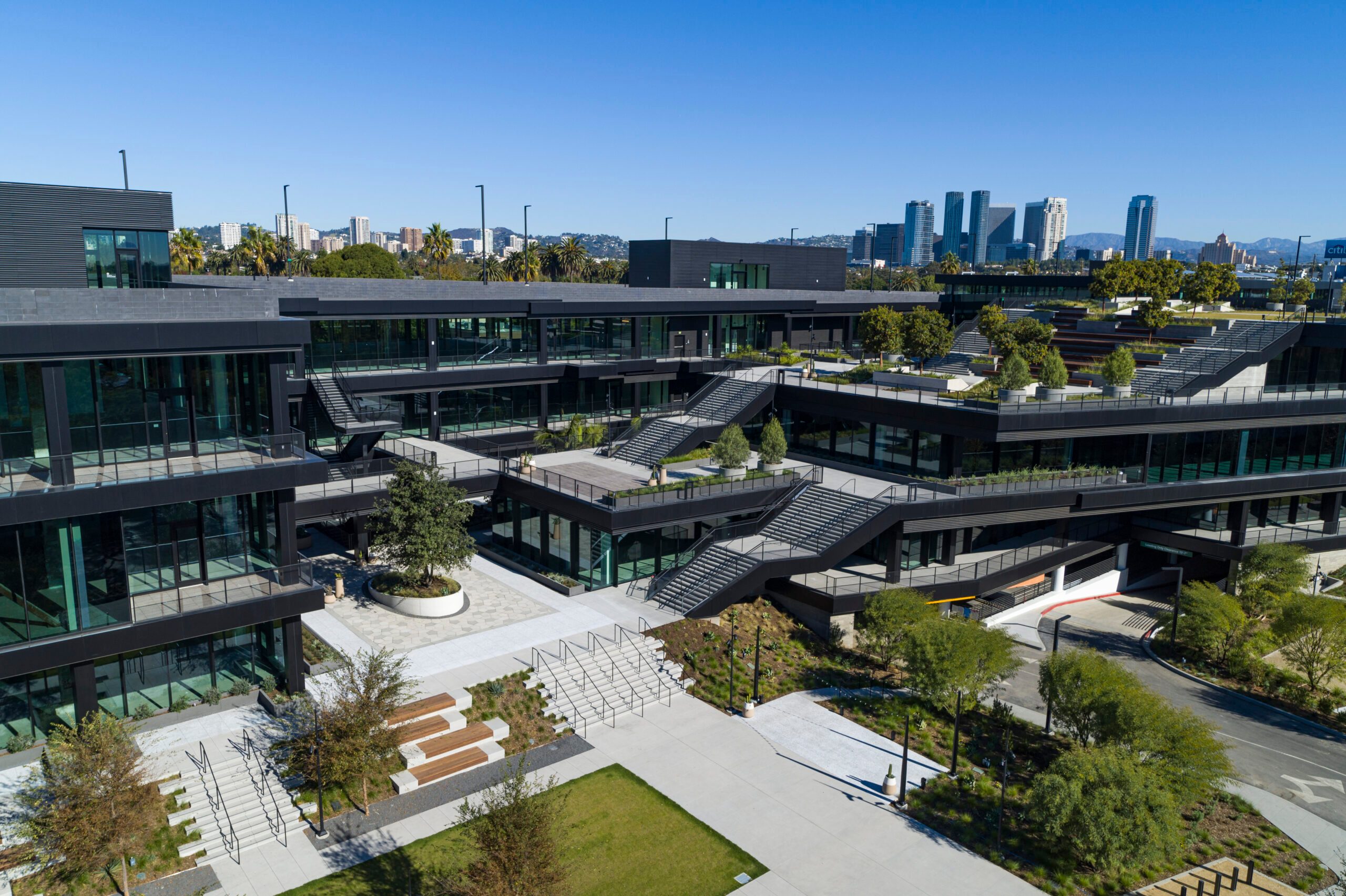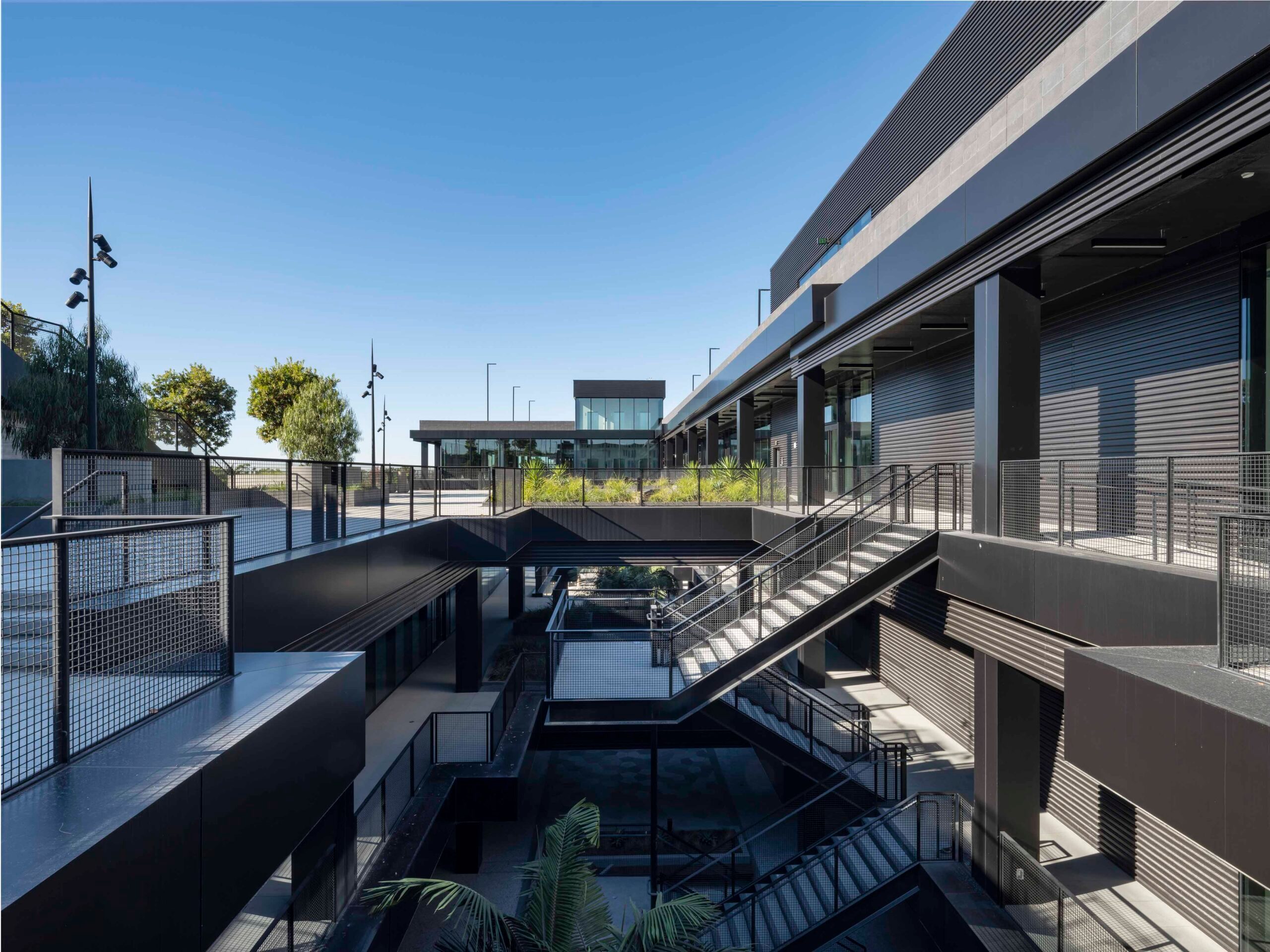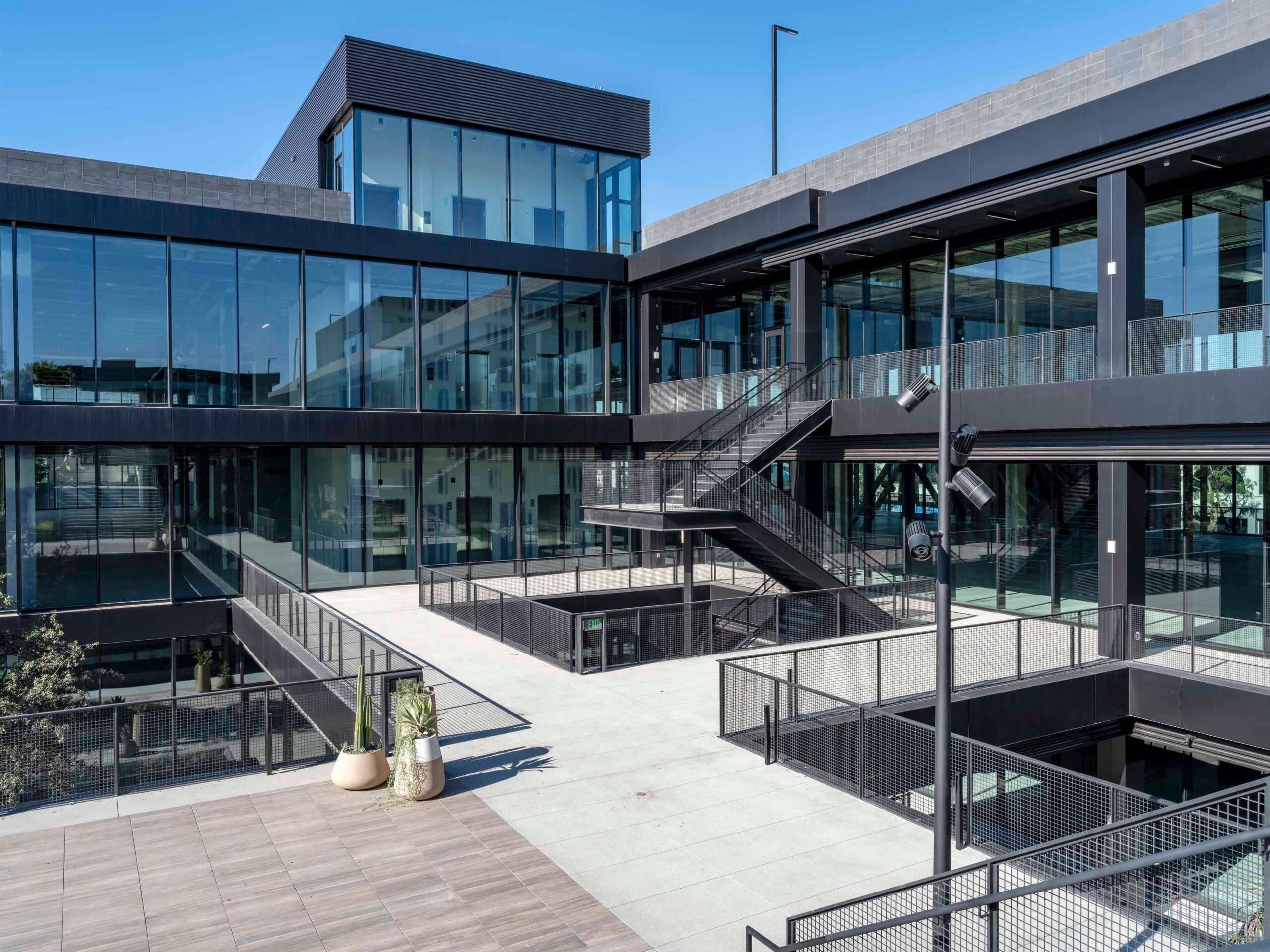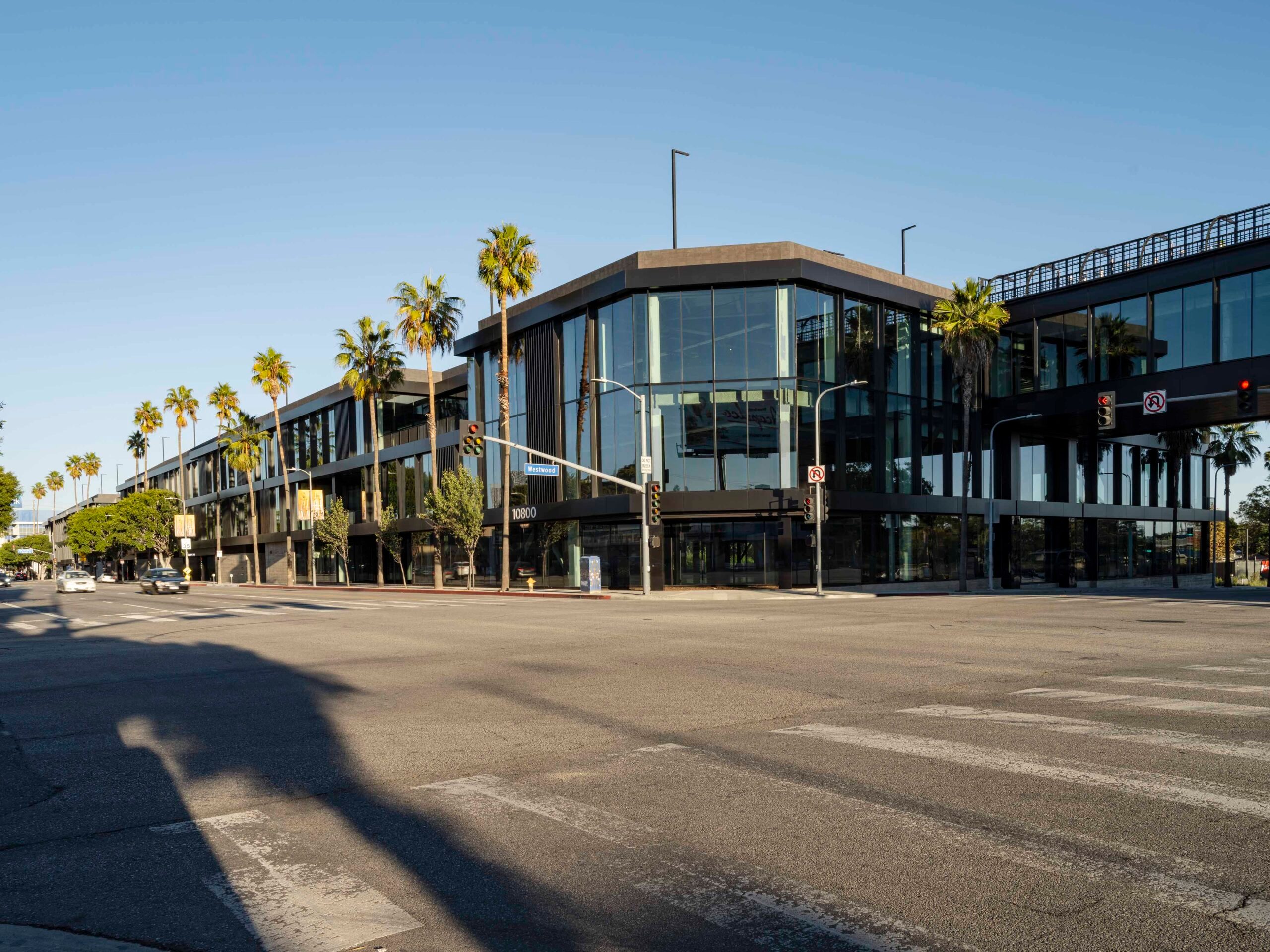Location
Los Angeles, CA
Owner
Hudson Pacific Properties
Architect
Gensler
Project Size
584,000 SF
Awards
2022 | LABJ Commercial Real Estate Gold Award, Redevelopment
2022 | LABC Architectural Award, Commercial Office Buildings
2022 | SCDF Design Award, Adaptive Reuse | Renovation | Historic Preservation
2022 | ENR Regional Best Project, Office/Retail/Mixed-Use
2022 | NAIOP SoCal Award, Redevelopment/Renovation of the Year
One Westside represents the unprecedented adaptive reuse of Los Angeles’ Westside Pavilion from iconic shopping mall to a 584,000-square-foot, state-of-the-art, Class-A creative office campus, now home to Google.
To transform this almost 600,000sf, three-story shopping mall into a functioning office space with a cohesive indoor-outdoor feel, the team had to perform major structural demolition to large sections of the space without impacting the remaining building. Almost one-third of the third level needed to be demolished to achieve the indoor-outdoor framework. To preserve the remainder of the building, the MATT team had to perform selective demolition that required surgical, precise cuts into the structure. The team spent detailed time surveying and calculating layout prior to cutting concrete and steel beams, which allowed the team to preserve the rest of the existing building.
Another major challenge from the onset of the project was that the original design drawings were developed around the building’s 1980s as-builts. The design and construction teams had to work closely together to address discrepancies between the existing building and the design plans as construction continued and avoid impacts to the fabrication process.
A number of LEED-oriented materials and methods were in place at the site. The existing building was preserved and adapted by cleverly removing the former shopping center’s opaque “skin” and embracing its architectural core. As a result, the project saw a 33% reduction in embodied carbon through the reuse of steel and 75% of the project’s construction and demolition debris was diverted from landfills. The project also uses sensor technology for optimized water performance and features updated electrical and mechanical systems for optimal energy efficiency.









